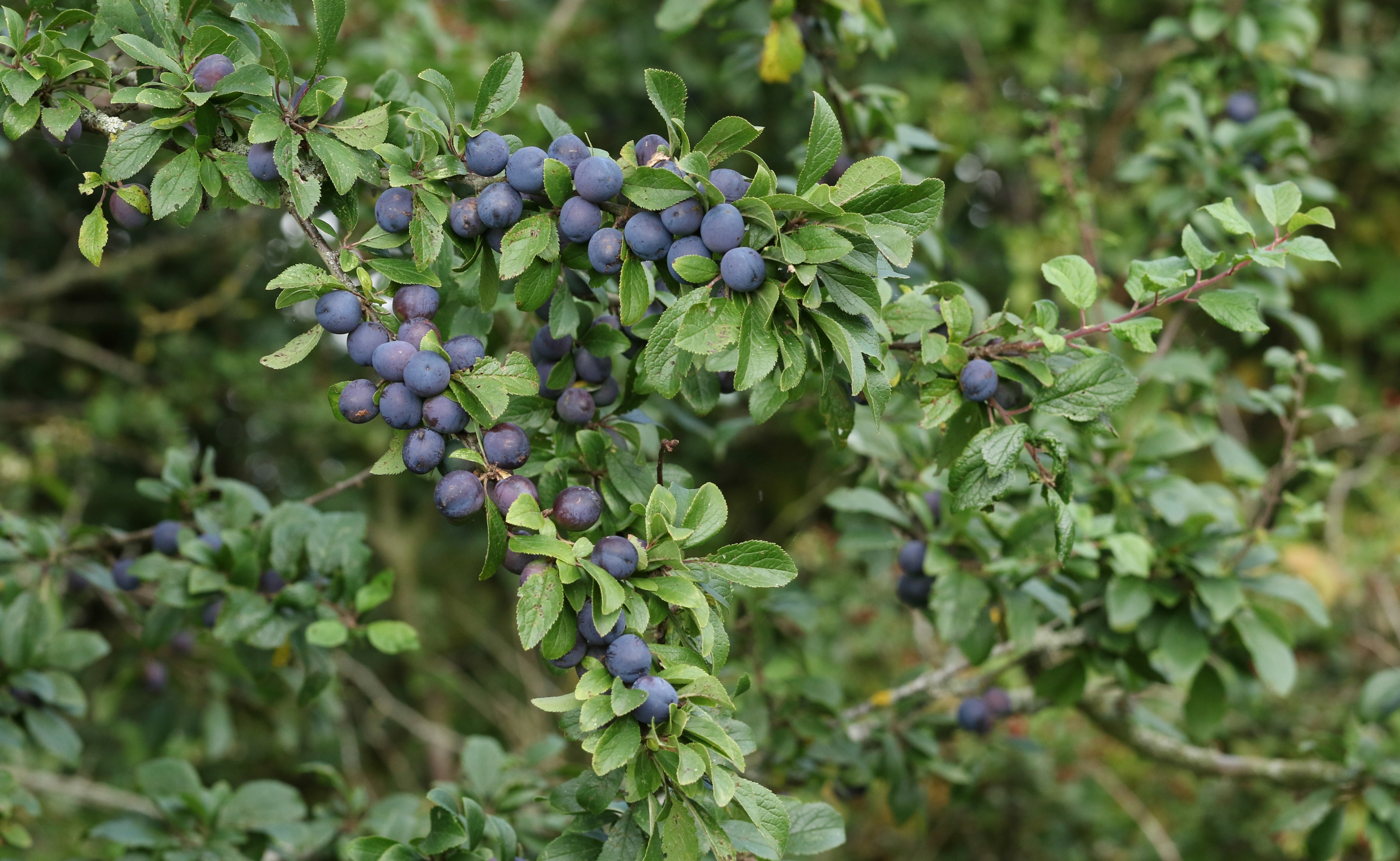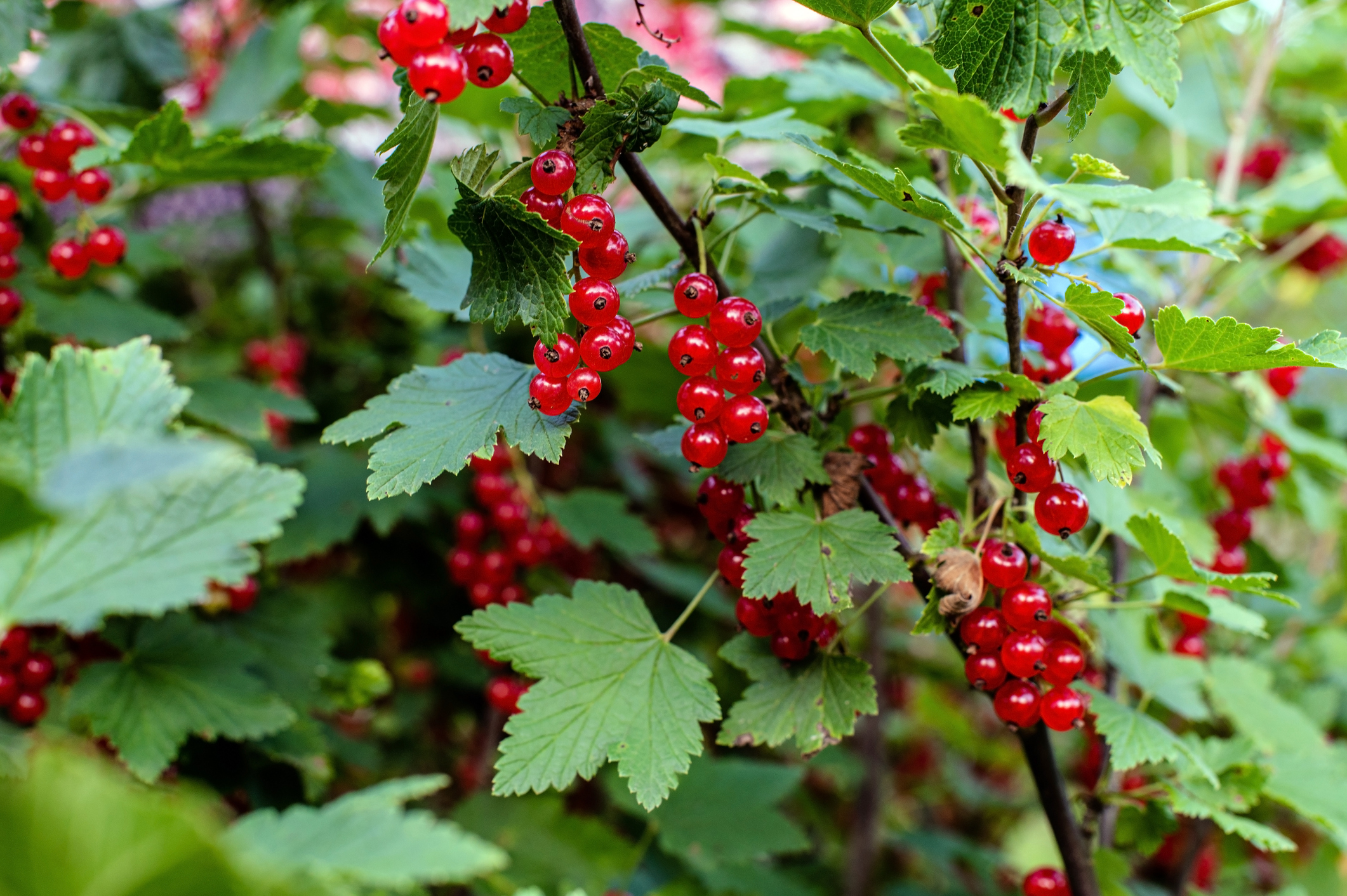
Any seasoned gardener will know that a bountiful crop is determined by the preparation done in the months before and for fruit bushes, a winter prune is often the key. The cold weather might have lulled you into thinking it's too early to be thinking about spring and summer but don't be fooled - now is a vital time to give your fruit bushes some attention.
Pruning fruit bushes promises a tidy-looking modern garden through winter and a flourishing one come spring, but it's essential you do it at the right time. It can be difficult to pin down the ideal moment for every single gardening task in your backyard but pruning is one to pay particular attention to. The work you do now will be vital in preparing your bushes for the busy season to come.
If you want your fruit bushes to be full of produce next year, follow this pruning advice directly from the experts. The result will be healthy plants throughout winter that are ready to exert energy come spring and produce a full harvest of luscious fruit.
Why do I need to prune fruit bushes?
Pruning is a powerful tool in every gardener's repertoire and is important for a range of reasons. Neglecting this task is one of the biggest fall gardening mistakes you could make for many reasons, and in terms of fruit bushes, it plays an important role in enhancing fruit production. 'This is because proper pruning can stimulate the growth of new fruiting wood 'leading to better yields in the following year,' says gardening expert at The Plant Bible, Zahid Adnan.
If you like the look of a pristine backyard, pruning also helps to clean up the shape of your bushes and the overall aesthetic of your backyard. 'Pruning is a bit like a sculptor's tool in the garden,' says Robert Silver, plant enthusiast and owner of Pro Gardening Blog. 'By selectively trimming branches, you can guide the growth of the bush to take on a specific form or structure.'
Another important factor behind pruning is disease control. 'Pruning allows for better air circulation and light penetration, reducing the risk of fungal infections and ensuring overall plant health,' says Zahid. 'By catching these problems at their inception, you can take swift action to prevent the issue from spreading throughout the plant or to other nearby plants in your garden, Robert adds.
When should I prune my fruit bushes?

Now you understand the vital nature of this gardening practice I'm sure you'll be eager to get the shears out. However, before you do, you must consider your timing if you want to avoid any pruning mistakes.
'Pruning fruit bushes should ideally be done during the dormant season,' says Zahid. 'This is typically late winter or early spring before new growth starts. This timing allows the plant to recover and put its energy into producing fruit during the growing season.'
It's essential that this timing is considered as pruning at the wrong time can cause excessive harm to vulnerable plants. Before taking to the shears, always ensure your plants have stopped producing fruit. This can differ depending on your climate and type of fruit. Some berries are winter-fruiting, for example, meaning you wouldn't want to prune them at this point. The likes of raspberries, blueberries, and blackcurrants, however, would benefit from a prune sometime between now and February.
How do you prune fruit bushes?

When it comes to pruning fruit bushes, start by removing any weak or dead branches. 'Trim back long, leggy growth to encourage bushier growth that will bear fruit in summer,' Zahid says. 'Focus on opening up the center of the bush to improve air circulation while maintaining the desired shape of the bush, ensuring sunlight can reach all parts of the plant.'
Try not to get too heavy-handed with the shears, however, as this can be counterproductive. Pruning too close to the bud of leaving stubs makes the plant susceptible to disease and causes poor regrowth.
Finally, one of the biggest gardening mistakes made by beginners when pruning is using the wrong tools. 'The choice of pruning tools significantly affects the efficiency and effectiveness of your pruning effort,' says Robert. Dull shears will make rough cuts that can serve as entry routes for diseases. This is why it's always important to use clean and sharp pruning shears. 'Sharp tools create clean cuts, which heal faster and minimize stress on the plant, reducing the risk of disease transmission,' he says.
Caring for fruit bushes isn't a job reserved for professionals. If you have one in your backyard, make sure you trim back any growth during the dormant period in order to improve your chances of an abundant crop next year and follow these tips for the healthiest plant possible.







